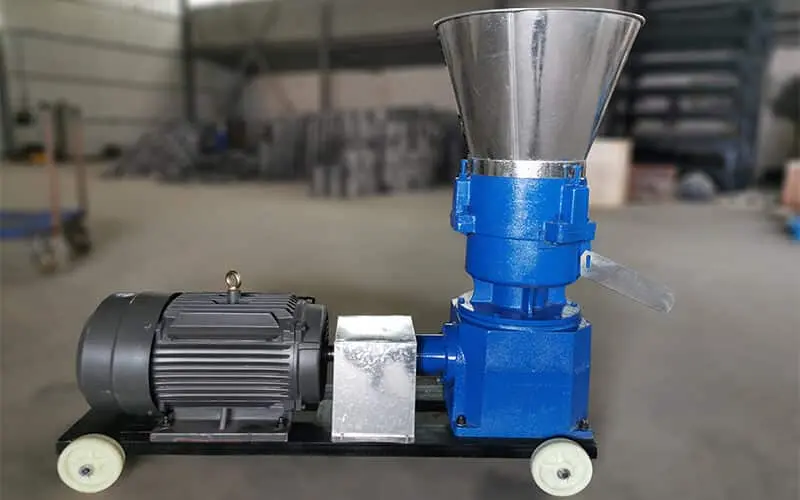
| Production Output | 0.1-2 t/h |
| Power | Electric motor or diesel engine |
| Voltage | 110-415V |
| Raw Materials | Cereal, corn, wheat, soybean, straw, hay, grass etc. |
| Type | flat die type |
| Final pellet size | 6-10 mm |
| Used For | cattle/cow, sheep/goat, horse feed |
Cattle & Ruminant Feed Pellet Machine
Our cattle feed pellet mill/ruminant-specific pellet mill is flat die design with high-pressure. It is a professional piece of feed pelletizer equipment for cattle. It is designed specifically to solve the problem of efficient feed conversion in cattle farms, sheep farms, and other ruminant feed processing. Looking for other animal equipment? Check out our multi-functrional animal feed pellet mill.
Traditional roughage, such as hay and straw, is often difficult for ruminants to digest effectively due to its complex fibrous structure, leading to nutrient waste and low production efficiency.
With our high-pressure pelleting technology, this cattle feed pellet machine can transform these roughage materials into high-density, moderately hard pellets, which can significantly improve their utilization rate.
Pelleted feed produced with this equipment can increase the digestibility of roughage by more than 30%. At the same time, the moderate hardness and density of the pellets effectively stimulate rumination, promote gastrointestinal health, and ensure that cattle receive balanced nutrition.
This technological optimization not only reduces raw material waste but also improves the feed conversion rate of ruminants, maximizing cost-effectiveness in the livestock industry.
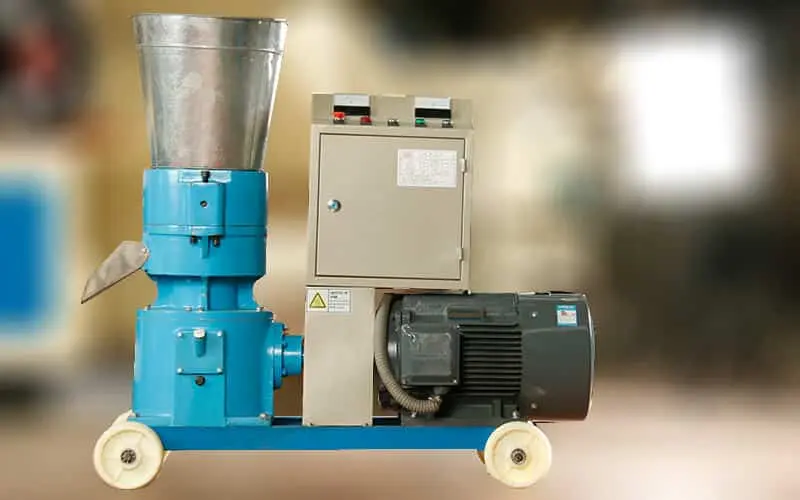

Core technologies specifically for ruminants
How to Process Coarse Fibers Such as Hay and Straw
Our type cattle feed pellet mill with high pressure utilizes a vertical pressure system, effectively overcoming the challenges of pelleting coarse fibers by applying immense compressive force.
Traditional ring-die pelletizing machines struggle to handle high-lignin-content raw materials such as hay, straw, and vines because their structure is unsuitable for the compression requirements of these high-fiber materials.
Our feed pellet press equipment for cattle, however, employs specialized high-pressure pelleting technology to forcefully compress these coarse-fiber raw materials into pellets, significantly improving raw material utilization and feed digestibility.
This design gives our straw pellet mill unparalleled advantages in processing hay and other high-fiber raw materials.
The Key to Ensuring Pellets Compactness
This cattle feed machine comes standard with a high compression ratio die. The ratio of the effective length to the diameter of the die orifice is optimized to ensure that the produced pellets have sufficient hardness and density.
For pellets larger than 6mm, the high compression ratio ensures that they not only meet the hardness requirements of ruminants but also reduce powder waste caused by pellet breakage.
This is crucial for ruminant health, as pellet compactness and density directly affect ruminant stimulation and digestive efficiency. Through this technology, ruminants such as cattle and sheep can better absorb nutrients and improve feed conversion rates.
Advantages of Process Optimization and Maturation in Cattle Feed Pelleting
Optimizing the pelleting process for cattle feed hinges on three key steps: coarse grinding, precise mixing, and high-pressure cold pelleting. Unlike chicken feed, cattle feed requires coarser grinding to ensure the effective utilization of high-fiber components such as hay and straw.
First, the coarse grinding step cuts the raw materials into larger particles. Then, precise mixing ensures a uniform distribution of various nutrients. Next, the high-pressure cold pelleting stage utilizes the high-pressure design of a cattle feed pellet mill to forcefully compress the raw materials into pellets.
During this process, the heat generated during compression is sufficient to partially cook the raw materials, thereby improving the taste of the pellets and enhancing the digestibility and absorption rate for cattle.
Die Configuration and Feeding Efficiency
6mm-10mm Pellets Specially for Adult Cattle
This cattle feed pellet making machine comes standard with large-aperture dies of 6mm, 8mm, and 10mm, specifically designed for the feed needs of adult cattle and sheep.
The advantage of large pellets is that they prevent selective feeding, ensuring that cattle and sheep receive balanced nutrition and thus improving feed conversion rates.
Larger pellets help stimulate rumination and promote normal digestive function. Furthermore, large-aperture pellets effectively reduce feed waste, preventing fine feed particles from disappearing quickly during feeding.
Up to 70% Forage Addition Rate
This cattle feed machine boasts excellent high-fiber processing capabilities, consistently producing pellets containing up to 70% ground forage/straw.
Through optimized high-pressure pelleting technology, even high-lignin forage and straw can be efficiently pelletized. this ensures maximum utilization of coarse fiber raw materials.
For ruminants, this high proportion of forage helps improve digestive efficiency and rumination stimulation. It ensures optimal nutrient absorption and maintaining good health.
How to Improve Feed Intake and Nutrient Absorption
Pelletizing technology effectively improves the palatability of roughage, reduces feed dust, and minimizes feed waste, thereby promoting increased feed intake and feeding speed in cattle.
Through the design of high-density pellets, cattle can ingest more energy in a shorter time, improving feed conversion efficiency.
Pelleted feed not only improves palatability but also enhances nutrient absorption, ensuring healthy growth and better production performance in cattle and sheep.
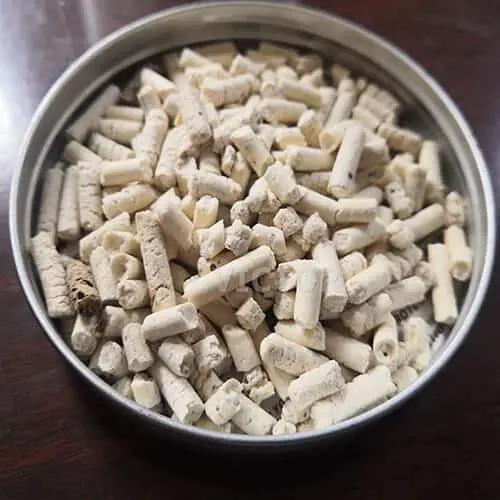
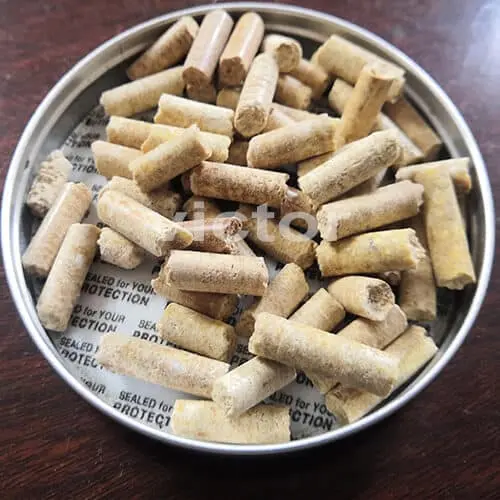
Operational Choices and Cost-Effectiveness: Power Choice
Key Comparison Between Electric Motors and Diesel Engines
| Characters | Electric Motor | Diesel Engine | Recommendations for cattle farm applications |
| Operating costs | lowest | High | Suitable for fixed cattle sheds and small farms with a focus on long-term low cost. |
| Mobility/Site | lower | Highest | Suitable for remote pastoral areas or large-scale outdoor forage processing. |
| Power/Torque | Stable and easy to maintain pressure | Powerful and suitable for handling large quantities of dry, hard forage. | Suitable for processing roughage under high pressure and high compression ratio. |
ROI Analysis of Homemade Cattle Feed: How Long to Recoup Investment?
The specific return on investment (ROI) depends on the size of the farm, the cost of raw materials, and the operating efficiency of the cattle feed pellet making machine.
Typically, a cattle feed pellet making machine can recoup its investment within 1-2 feeding cycles through savings in feed costs.
This means that farmers can achieve cost recovery in the short term and enjoy sustained economic benefits for several years to come.

electric cattle feed Pellet mill
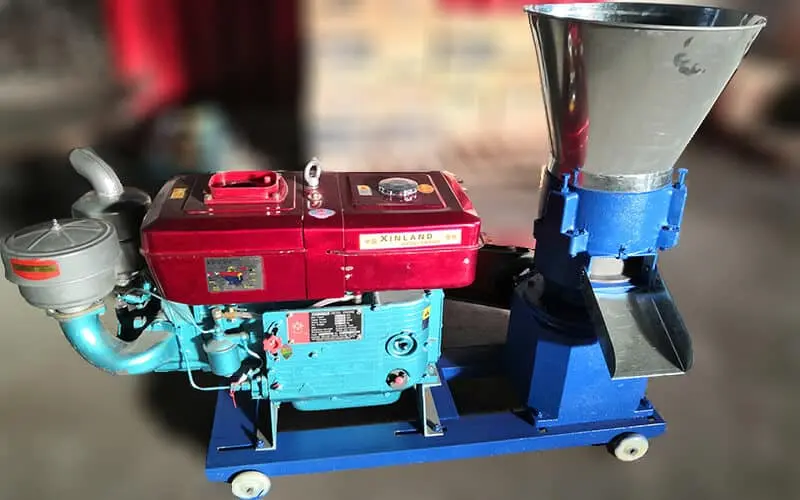
diesel engine cattle feed Pellet mill
electric cattle feed pellet mill
| Model | Electric Power(kw) | Output(kg/h) | Weight(kg) |
| VTKLP-125 | 3 | 50-80 | 80 |
| VTKLP-150 | 4 | 100-150 | 110 |
| VTKLP-210 | 7.5 | 200-400 | 210 |
| VTKLP-230 | 11 | 300-500 | 280 |
| VTKLP-260 | 15 | 500-700 | 300 |
| VTKLP-300 | 18.5 | 700-900 | 500 |
| VTKLP-360 | 22 | 900-1200 | 700 |
| VTKLP-400 | 30-37 | 1200-1500 | 900 |
diesel engine cattle feed pellet mill
| Model | Diesel Engine Power(HP) | Output(kg/h) | Weight(kg) |
| VTKLP-125 | 4 | 50-80 | 100 |
| VTKLP-150 | 5 | 100-150 | 150 |
| VTKLP-210 | 10 | 200-400 | 260 |
| VTKLP-230 | 15 | 300-500 | 350 |
| VTKLP-260 | 20 | 500-700 | 420 |
| VTKLP-300 | 25 | 700-900 | 650 |
| VTKLP-360 | 30 | 900-1200 | 900 |
| VTKLP-400 | 40-50 | 1200-1500 | 1200 |

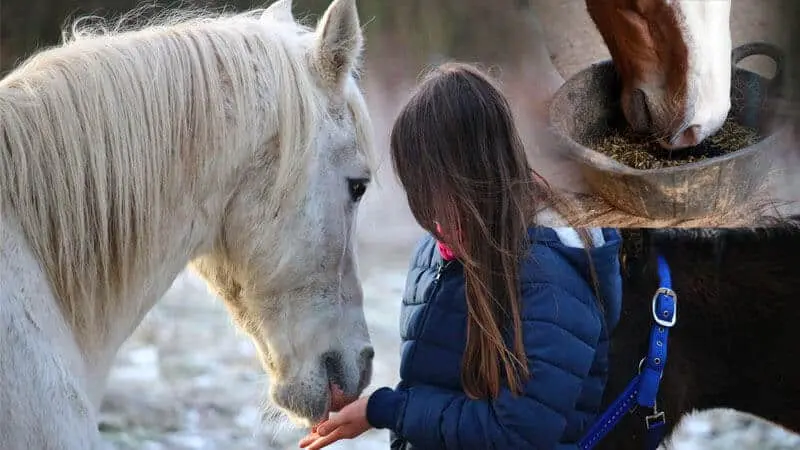
FAQ – Cattle Farm Maintenance and Use
A: Producing coarse-fiber feed increases wear on the die and rollers. Our cattle feed making machines use high-quality alloy steel parts that last 30% longer, with regular maintenance and lubrication extending their lifespan.
A: For cattle and sheep feed, straw should be ground to 3-5 mm. Grinding it too finely (e.g., 80 mesh) affects rumination, while grinding it too coarsely makes pelleting difficult and reduces pellet quality. This moderate fineness ensures optimal pelleting and digestibility.
A: Yes. During production, all additives such as protein and vitamins should be evenly mixed in a mixer before being fed into a pellet mill for pressing. Due to the low-temperature pelleting of the cattle feed pellet mill, it better preserves heat-sensitive nutrients, such as vitamins, preventing their destruction under high-temperature conditions. Compared to extruders, this cattle feed mills effectively retain nutrients, ensuring high-quality feed.
